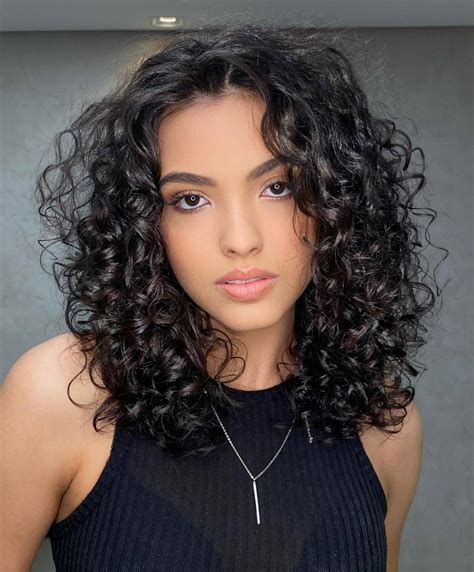The Interwoven Beauty of Two Diverse Structures
From the delicate strands that adorn our heads to the intricate plumes that grace the wings of birds, hair and feathers share a remarkable connection. Despite their contrasting appearances, these biological marvels possess captivating properties that have intrigued humans for centuries.

Hair: A Crowning Glory
1. Structural Composition
Human hair consists primarily of keratin, a fibrous protein renowned for its strength and elasticity. Each strand comprises three distinct layers:
- Cuticle: A protective outermost layer formed by overlapping scales
- Cortex: The central core responsible for hair’s strength and shape
- Medulla: The innermost core, often containing air pockets
2. Hair Growth Cycle
Hair undergoes a continuous cycle of growth, regression, and renewal. The average lifespan of a single hair strand ranges from 2 to 6 years, varying among individuals.
3. Hair Diversity
Hair exhibits a wide range of variations in texture, color, and thickness. These differences arise from genetic factors, hormonal influences, and external environmental factors.
Feathers: A Flight of Fancy
1. Evolutionary Significance
Feathers evolved primarily as an adaptation for flight in birds. Their lightweight and aerodynamic structure allows birds to soar and navigate the skies with grace and efficiency.
2. Feather Structure
Feathers are composed of a central shaft from which numerous barbs extend like branches. These barbs interlock through tiny hooks, creating a strong and flexible framework.
3. Feather Functions
Feathers serve multiple essential functions beyond flight:
- Insulation: Providing warmth and protection from the elements
- Communication: Displaying vibrant hues for courtship and territorial displays
- Camouflage: Blending with the surroundings for survival
Hair and Feathers in Nature and Science
1. Biomimicry in Engineering
Engineers have taken inspiration from the unique properties of hair and feathers to develop novel materials and technologies:
- Hair-inspired Nanofibers: Ultrafine fibers with exceptional strength and flexibility
- Feather-inspired Aerofoils: Streamlined surfaces for improved aerodynamic efficiency
2. Medical Applications
Hair and feathers hold promise for advancements in medicine:
- Hair Transplantation: Restoring hair growth in areas affected by baldness or alopecia
- Feather-based Biomaterials: Creating scaffolds for tissue regeneration and drug delivery systems
The Human Connection
1. Hair as a Cultural Expression
Hair has long been a potent symbol of identity, status, and spirituality across various cultures. From elaborate hairstyles to religious rituals, hair plays a significant role in human expression.
2. Feathers as a Source of Adornment
Feathers have been prized by humans for their beauty and cultural significance. They have been incorporated into jewelry, clothing, and ceremonial objects.
3. Hair and Feather in Art
Hair and feathers have inspired countless works of art, from ancient sculptures to contemporary paintings. They evoke emotions, convey messages, and reflect the human fascination with these remarkable structures.
Tables for Enhanced Understanding
Table 1: Hair Growth Cycle
| Phase | Duration | Characteristics |
|---|---|---|
| Anagen | 2-6 years | Active hair growth |
| Catagen | 2-3 weeks | Transition phase |
| Telogen | 3-4 months | Resting phase |
Table 2: Feather Structure
| Component | Description |
|---|---|
| Shaft | Central axis of the feather |
| Barbs | Branching extensions from the shaft |
| Barbules | Tiny hooks that interlock the barbs |
Table 3: Hair Diversity
| Texture | Thickness | Color |
|---|---|---|
| Straight | Fine | Black |
| Wavy | Medium | Blonde |
| Curly | Coarse | Red |
Table 4: Biomimetic Applications of Hair and Feathers
| Application | Inspiration | Key Benefits |
|---|---|---|
| Nanofibers | Hair | High strength, flexibility |
| Aerofoils | Feathers | Improved aerodynamic efficiency |
| Scaffolds | Feathers | Promote tissue regeneration |
Frequently Asked Questions
1. What is the difference between hair and feathers?
Hair is found on mammals and humans, while feathers are unique to birds. Hair is composed of keratin, while feathers are primarily composed of the protein beta-keratin.
2. Why do birds have feathers?
Feathers evolved as an adaptation for flight, providing birds with insulation, streamlining, and protection.
3. What are the different types of hair?
The three main types of hair are straight, wavy, and curly. Variations in hair texture are influenced by genetics and environmental factors.
Tips and Tricks for Healthy Hair and Feathers
For Hair:
- Wash your hair regularly with a mild shampoo
- Avoid using harsh chemicals or excessive heat styling
- Trim split ends to prevent breakage
- Maintain a healthy diet rich in vitamins and minerals
For Feathers:
- Provide a clean and safe environment for birds
- Ensure a balanced diet with essential nutrients
- Avoid over-grooming the feathers
- Seek veterinary advice if you notice any abnormalities in the feathers
The Future of Hair and Feathers
As scientific research continues to unravel the intricate complexities of hair and feathers, we can anticipate innovative applications in fields such as medicine, engineering, and art. The synergy between these natural wonders holds immense potential for shaping our world in remarkable ways.
